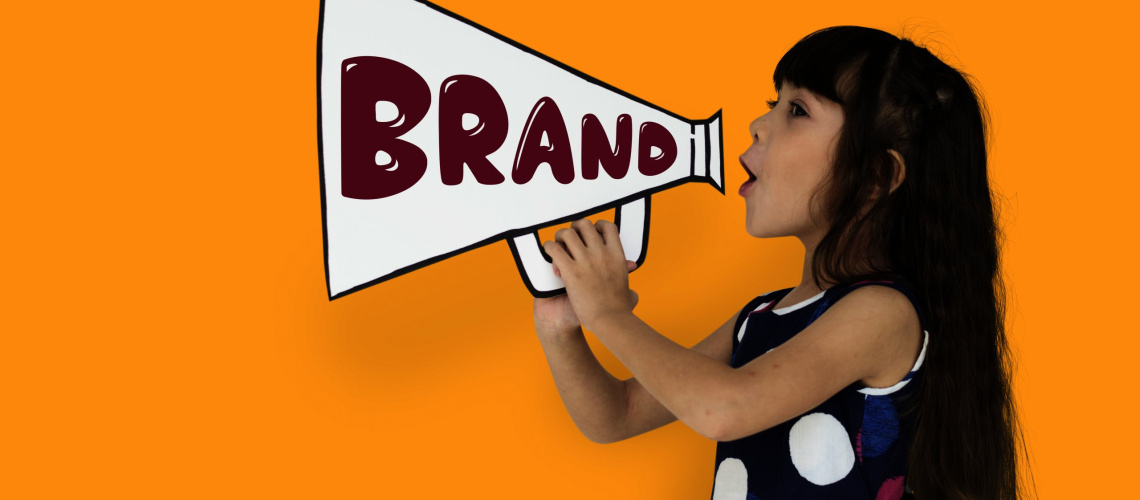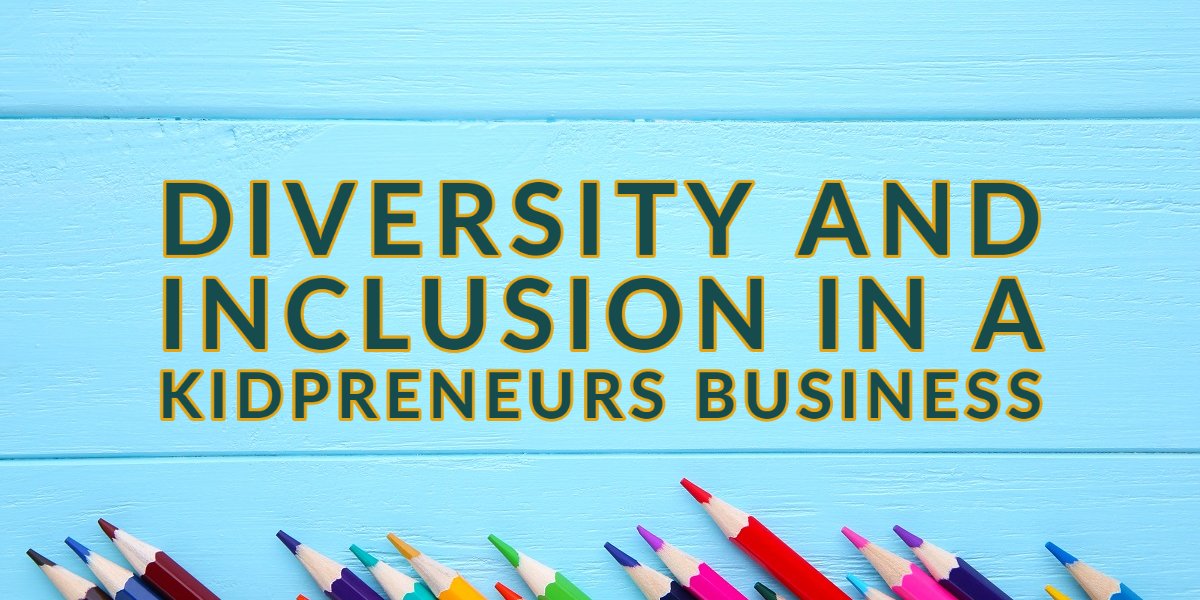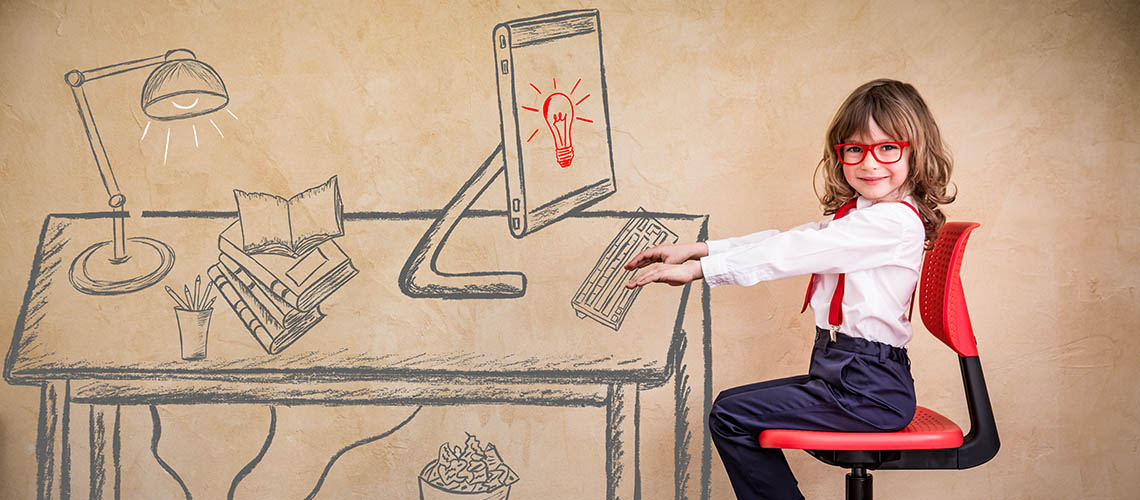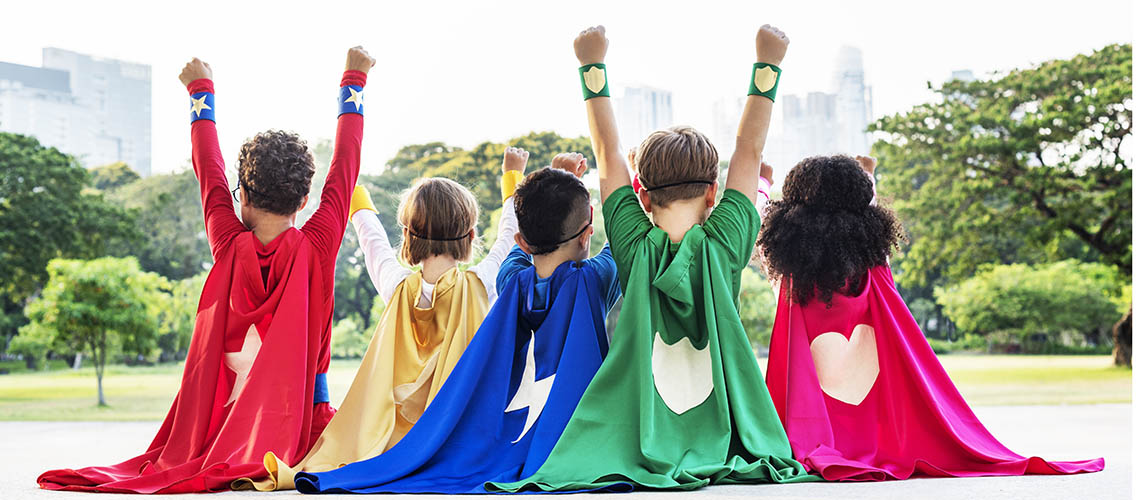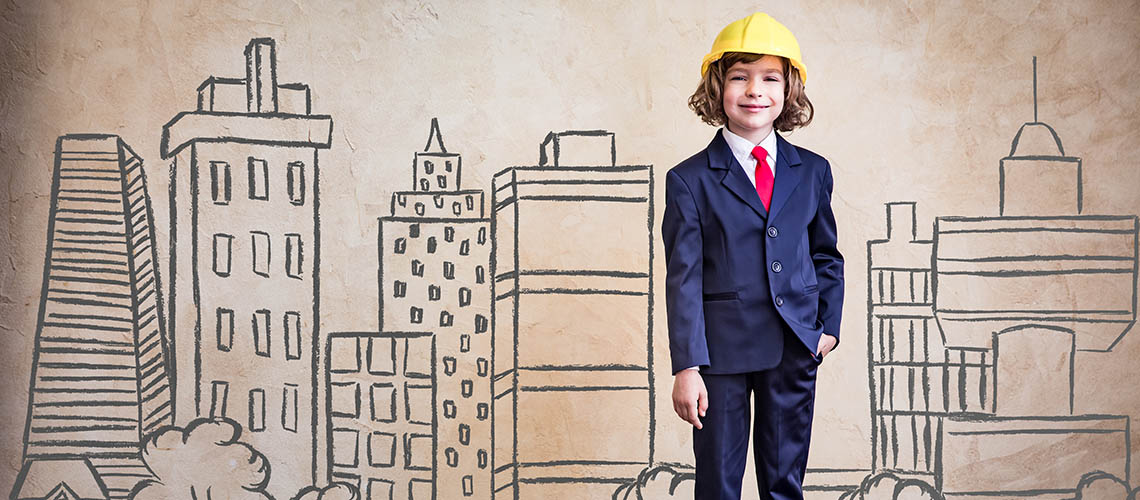There are many paths that kids and adults can take to achieve their dreams and pursue their passions. While no path is the “right” path, there are certainly tools and resources along the way that can be universally helpful to most people.
Goal setting, accountability, networking, a sustainable health and wellness routine, and a commitment to learning new skills are all excellent ways to jump start your career. Another tool that can be utilized by people of any age is the mindful practice of creating a vision board or a dream board.
What is a Vision Board?
The basic tool requires no financial investment or additional skill set in order to use to your advantage. To break it down, a vision board is simply a collage of images, words, or ideas that inspire you about your future. As its name suggests, it’s a visualization tool for manifesting your concrete and abstract goals. For kids, it doesn’t matter how small or large their goals and dreams are; a vision board captures all of them and allows a child to think creatively and outside of the box.
The vision board, when completed, represents your goals, aspirations, and ambitions. It should serve as a tangible, visual reminder of the life you seek to create for yourself and the lifestyle you deserve. Most people display their vision board somewhere where they can see it often, so as to ensure they are consistently considering their goals.
How to Create a Vision Board
The great news about creating a vision board is that it is a form of art and self-reflection. This means there is no preset – or right and wrong – way to do it. It is something that is intuitively led by the participant and based on their unique needs and desires.
Vision boards can be made by hand using mixed media materials such as paper, magazines, newspapers, photographs, and artistic renderings. They can also be created digitally. The sky’s the limit when it comes to designing and creating your vision board.
If creating by hand, simply begin by selecting and cutting images or words (or drawing them) from magazines or books and then glueing them on a piece of poster board or other rigid material.
How you choose to arrange this collage is up to you! Just like goals and dreams, no two vision boards are ever alike. You can also Google images of vision boards to get a better idea of what other people have created and perhaps become even more inspired.
Parents can join in the vision board creation with the kids as well. This can be an ideal time to share connection and strengthen your relationship.
There is Power in the Process
While the end result provides a big impact, there is power in the actual process of vision board creation. Like any meditative process, this project gives permission for the participant to quiet their mind, fully engage in the moment, allow thoughts without judgement, and focus on the things that matter most.
Kids are usually very adept at allowing themselves to get blissfully lost in projects like this. They let their minds wander into places of wonderful discovery and possibility. The process of creating a vision board can help boost a child’s confidence, give them freedom to express themselves, and allow them to open up and communicate their goals more effectively.
While you are working on your vision board, ask yourself:
- What hopes and dreams do I have?
- What are my gifts and talents?
- What makes me happy?
- What did I accomplish this year (this can be around academics, athletics, hobbies, good habits, fun experiences, learning new skills, etc)?
- What do I want to accomplish next year/next five years/etc?
- What did I do this year that made me proud?
- In what ways can I bring more joy, love, and hope into the world?
A Vision Board is Alive
While setting goals is important, it’s also key to remember that the vision board should not just be a static reminder. It should be a living and breathing document. For kids, this means that it’s not something to complete and then forget about. It should function as a daily reminder of goals.
And finally, remember that your goals and hopes may evolve over time. It’s perfectly acceptable to revise your vision board or create a new one to fit your changing needs.
After all, a successful business learns to adapt to the shifting market, economy, and customer demands. A vision board, and a child’s ambitions for their business, can do the same.
 Next post
Next post

